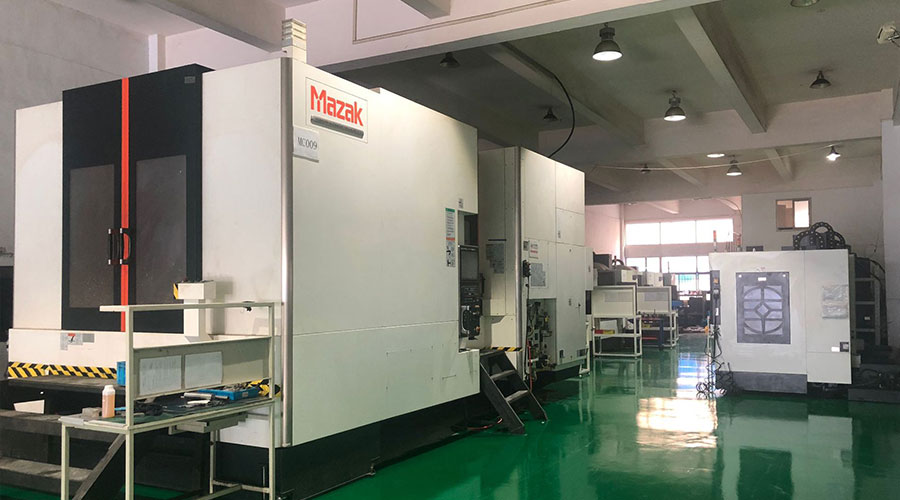Hot-dip galvanizing (hot-dip galvanizing) refers to the method of immersing the plated fasteners in liquid metal zinc or its alloy for plating. Hot-dip galvanizing is widely used to protect steel and its parts from atmospheric corrosion, and is especially suitable for mass production of standard parts and fasteners.
Hot-dip galvanizing of fasteners has the following characteristics:
⑴A thick coating can be obtained, and the corrosion resistance is good.
⑵The adhesion of the plating layer is good. After plating, suitable processing such as forming, welding and painting can be carried out.
The advantages of electro-galvanized fasteners:
⑴The plating layer is uniform and bright, and various colors can be obtained after passivation, and the decoration effect is good.
⑵Low cost and simple operation. At the same time, fasteners electroplated zinc also have some defects, such as hydrogen embrittlement, especially high-strength (≥827MPa) fasteners are more sensitive to hydrogen embrittlement. Incomplete hydrogen drive will cause the failure of the fastener connection (fastening Cracks, sudden fractures, etc.). The coating is thin, and the thickness of the electro-galvanized layer is generally less than 10μm, which cannot meet the requirements of outdoor anti-corrosion.
⑶ Environmental pollution is serious. It accounts for more than 60% of the total electroplating volume. When the fasteners are used in indoor or other closed systems where the environment is not harsh, electro-galvanizing is the first choice. However, this is not the case outdoors.
![]()
Due to the small size of the fasteners, irregular shapes, and some require threaded fit, hot-dip galvanizing also has some obvious defects.
⑴ It is difficult to screw the threads after plating. After hot-dip galvanizing, the remaining zinc sticks in the threads and is not easy to remove, and the thickness of the zinc layer is uneven, which affects the fit of the threaded parts.
⑵ The high operating temperature of hot-dip galvanizing will reduce the mechanical strength of high-strength fasteners. The strength of some threads of 8.8 grade bolts after hot dip galvanizing is lower than the standard requirement; the strength of bolts above 9.8 grade after hot dip galvanizing basically cannot meet the requirements.
⑶ Poor working environment and serious pollution. The hot-dip galvanizing process of fasteners is carried out at high temperature. When the solvent is dried and the workpiece to be plated is immersed in the bath, strong and irritating hydrogen gas will be precipitated; the zinc pool will be at high temperature for a long time, and zinc will be produced on the surface of the zinc pool. Steam, the atmosphere of the entire working environment is harsh. At present, many private enterprises still use coal-fired reflex heating furnaces for hot-dip galvanizing production, which emits a large amount of smoke containing So2, CO2, CO and dust into the atmosphere, causing serious air pollution.
Although hot-dip galvanizing technology has many defects, it is because of its thick coating, good bonding strength and long-term corrosion effect. It has always been respected in the power, communications, and transportation sectors. With the great development of electricity and transportation in my country, the development of hot-dip galvanizing of fasteners will surely be promoted; therefore, the development of automatic centrifugal spin equipment, improvement of fastener hot-dip galvanizing process, and improvement of fastener hot-dip galvanizing quality are Very important.
Link to this article: Introduction of hot-dip galvanizing and its advantages
Reprint Statement: If there are no special instructions, all articles on this site are original. Please indicate the source for reprinting:https://www.cncmachiningptj.com/,thanks!
 Sheet metal, beryllium, carbon steel, magnesium, 3D printing, precision CNC machining services for heavy equipment, construction, agriculture and hydraulic industries. Suitable for plastics and rare alloys machining. It can turn parts up to 15.7 inches in diameter. Processes include swiss machining,broaching, turning, milling, boring and threading. It also provides metal polishing, painting, surface grinding and shaft straightening services. The production range(include aluminum die casting and zinc die casting) is up to 50,000 pieces. Suitable for screw, coupling, bearing, pump, gearbox housing, drum dryer and rotary feed valve applications.PTJ will strategize with you to provide the most cost-effective services to help you reach your target,Welcome to Contact us ( [email protected] ) directly for your new project.
Sheet metal, beryllium, carbon steel, magnesium, 3D printing, precision CNC machining services for heavy equipment, construction, agriculture and hydraulic industries. Suitable for plastics and rare alloys machining. It can turn parts up to 15.7 inches in diameter. Processes include swiss machining,broaching, turning, milling, boring and threading. It also provides metal polishing, painting, surface grinding and shaft straightening services. The production range(include aluminum die casting and zinc die casting) is up to 50,000 pieces. Suitable for screw, coupling, bearing, pump, gearbox housing, drum dryer and rotary feed valve applications.PTJ will strategize with you to provide the most cost-effective services to help you reach your target,Welcome to Contact us ( [email protected] ) directly for your new project.
Link to this article:Introduction of hot-dip galvanizing and its advantages
Reprint Statement: If there are no special instructions, all articles on this site are original. Please indicate the source for reprinting.:Silicone And Casting,Thanks!^^